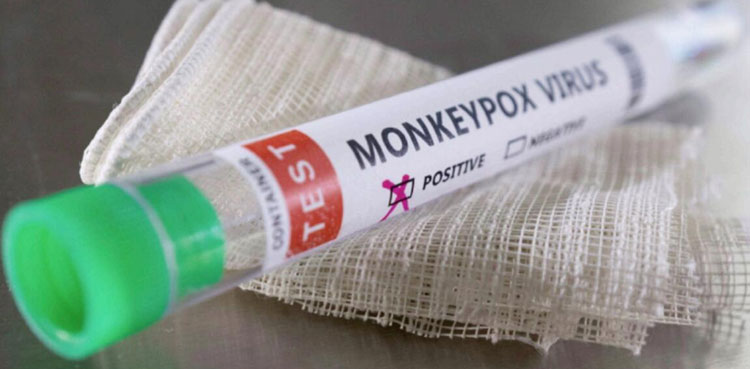There is one confirmed US infection so far, in Massachusetts, and four other cases of people with orthopoxviruses — the family that monkeypox belongs to, senior officials with the Centers for Disease Control and Prevention said at a press briefing.
All the suspected cases are presumed to be monkeypox, pending confirmation by testing at CDC headquarters, said Jennifer McQuiston, deputy director of the division of high consequence pathogens and pathology.
One orthopoxvirus case is in New York, one in Florida and two in Utah. All those infected so far in the United States have been men who had a relevant travel history.
Genetic sequencing of the Massachusetts case matched that of a patient in Portugal and belonged to the West African strain, the milder of the two monkeypox strains.
Monkeypox has symptoms similar to smallpox but is far less severe, with most people recovering within weeks.
“Right now we are hoping to maximize vaccine distribution to those that we know would benefit from it,” said McQuiston.
“Those are people who’ve had contacts with a known monkeypox patient, health care workers, very close personal contacts, and those in particular who might be at high risk for severe disease.”

– Greater risk to immunocompromised –
In terms of supply, the United States has around one thousand doses of JYNNEOS, a Food and Drug Administration (FDA) approved vaccine for smallpox and monkeypox “and you can expect that level to ramp up very quickly in the coming weeks as the company provides more doses to us,” said McQuiston.
It also has around 100 million doses of an older generation vaccine, ACAM2000.
Both use live viruses but only JYNNEOS is non-replicating, making it the safer option, said McQuiston.
People who are immunocompromised or have particular skin conditions, including eczema, are at greater risk, added John Brooks, a medical epidemiologist.
Transmission of monkeypox occurs through close, sustained skin-to-skin contact with someone who has an active rash, or through respiratory droplets in someone who has lesions in their mouth and is around another person for an extended period of time.
The virus causes a rash, with skin lesions focused on certain areas of the body, or spread more widely. In some cases, during early stages, a rash can start on the genital or perianal areas.
While scientists are concerned that the growing number of cases worldwide may potentially indicate a new type of transmission, so far there is no hard evidence to back that theory, said McQuiston.
Instead, the uptick in cases might be linked to specific spreader events, such as recent raves in Europe that might explain the higher prevalence among gay and bisexual men.
But, warned Brooks, “by no means is the current risk of exposure to monkeypox exclusive to the gay and bisexual community.”
The CDC is also developing treatment guidance to allow the deployment of antivirals tecovirimat and brincidofovir, both of which are licensed for smallpox.
from International News Today - Breaking News, US News, World News https://ift.tt/TB7V3QY
via IFTTT
